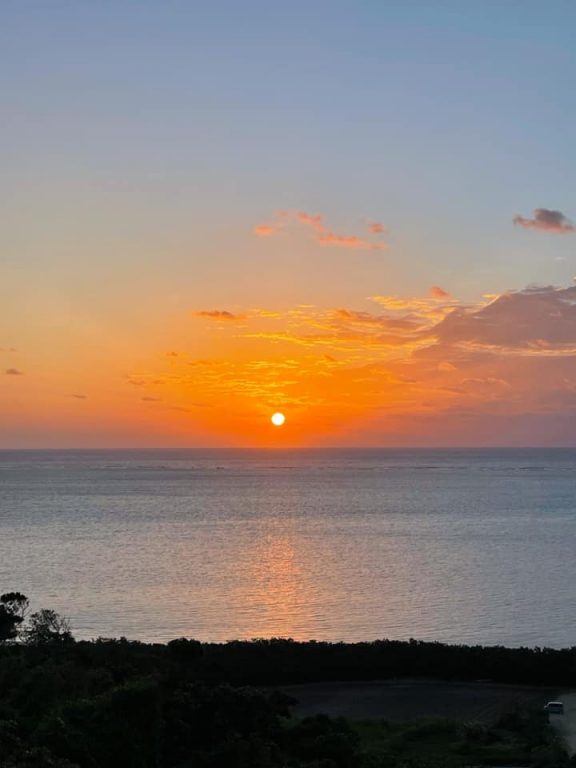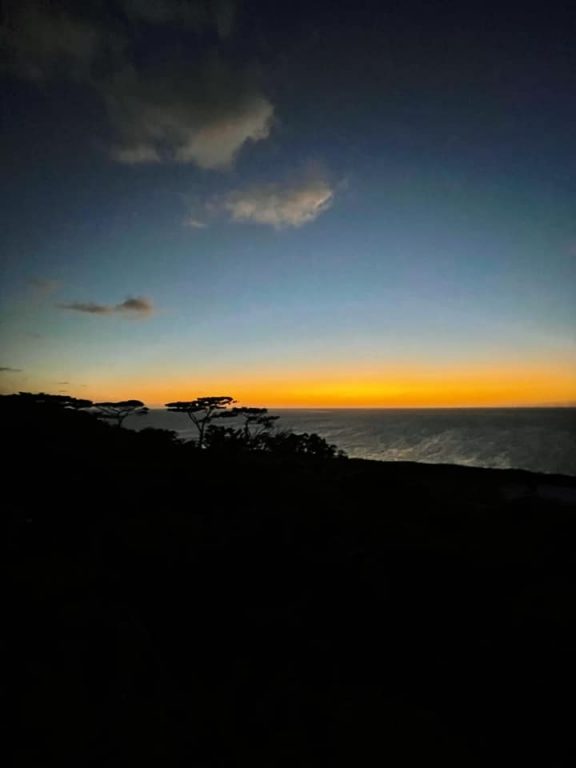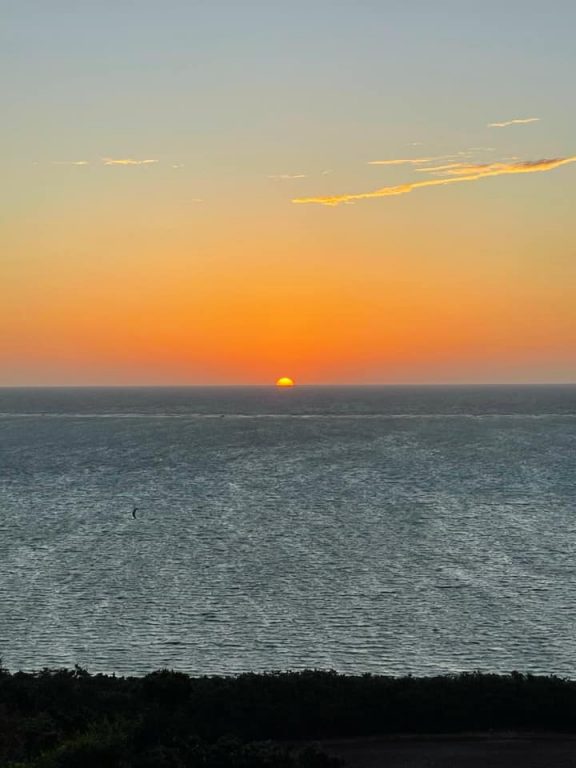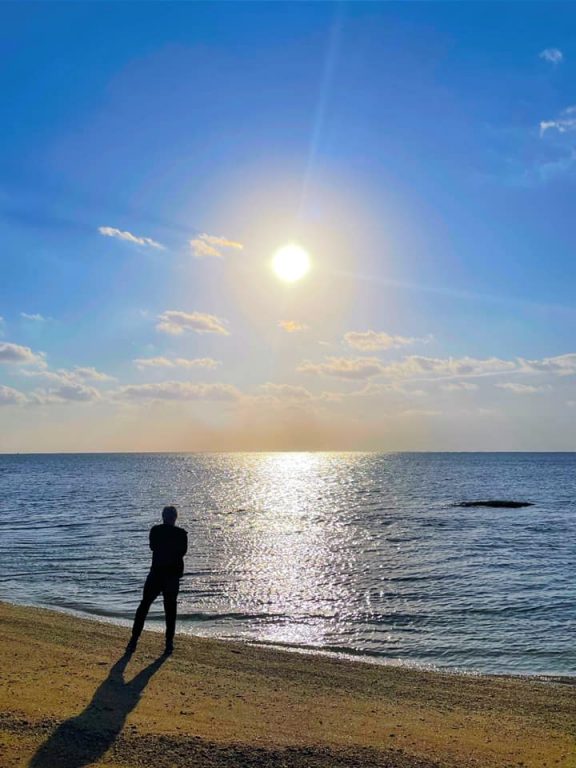History of the “first sunrise” trend as seen by marketers

From a marketer’s point of view, the trend of enjoying the “first sunrise of the year” was created in the Edo period (1603-1867).
Around 1720, 300 years ago, Edo became a metropolis with a population of over one million. The two most famous places in Edo, especially Mt. Atago-yama in Shiba-Takanawa and Kanda-Yushima, were famous for the “first sunrise of the year.
In other words, the “ehomaki” (or more precisely, the “ehomaki” that 7-Eleven started (to be precise, a revival of the Osaka-zushi that was originally created in 1932) It’s something like that.
Originally, sun worship itself has existed since the time of the drums. People worshipped the sun because it nurtured their crops. However, the sun gods, which had been dispersed by the authorities of the time, were centralized and used to unify the nation.
Here in Okinawa, we are no exception. During the period of the Ryukyu Kingdom (capital: Shuri, 450 years from 1429 to 1879), the belief in the east was based on the sun god (Teida) as the supreme deity. The king of the Ryukyus was honored by being superimposed on the sun.
In the east, there was thought to be a hole where the sun rises (tida-ga-ana), and beyond that point was thought to be a sacred area. Conversely, the west was considered the domain of death and was avoided. In the Kingdom period, burials were carried out in cliffs and caves in the west.
Here in Tamaki (Tamagusuku – the proposed site of Speedy Resorts), just below the horizon where the sun rises from Shuri, was considered sacred ground. Kubo-Otaki, located in the center of Kubo-Otaki, was considered to be the “sun hole” itself. Since then, Kubo-Otaki has been known as the highest sacred place in Okinawa to this day.
The year 2021 in such a sacred place is full of premonitions that the world will reboot and recover in a V-shape!

















